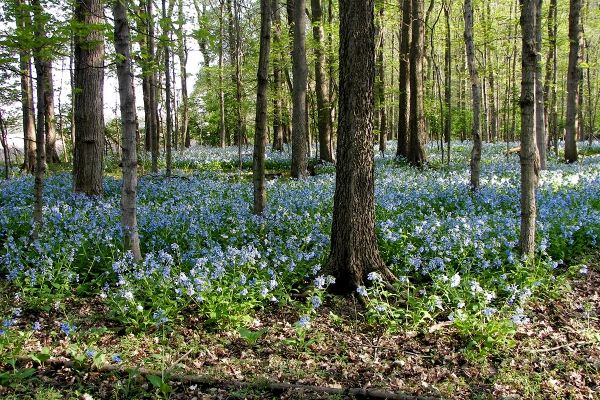For 25 years, Carol Augspurger visited a patch of ancient woods near Urbana to look at the same 25 one-square-meter plots of earth she first demarcated for study in 1993. She surveyed the plots once a week in spring and summer, tracking the major life events of each of the herbaceous plants that grew there. In fall, she visited every other week. In winter, once a month.
Over the course of her study, Augspurger made nearly 600,000 observations of 43 plant species in Trelease Woods, a 60.5-acre remnant of old-growth forest in central Illinois. She noted 10 distinct developmental stages in the plants’ lives, including when they emerged in spring, how long it took them to mature, when the flowers opened and died, when the leaves began to lose their greenness and when the plants went dormant. Augspurger is a professor emerita of plant biology at the University of Illinois at Urbana-Champaign.
By tracking these events and their relationship to average daily temperature and precipitation records, Augspurger and her colleague, Illinois Natural History Survey statistician and plant ecologist David Zaya, found that some shifts in the timing of plant seasonal life cycle events correlated with temperature trends.
Continue reading at University of Illinois Urbana_Champaign
Image via University of Illinois Urbana_Champaign


